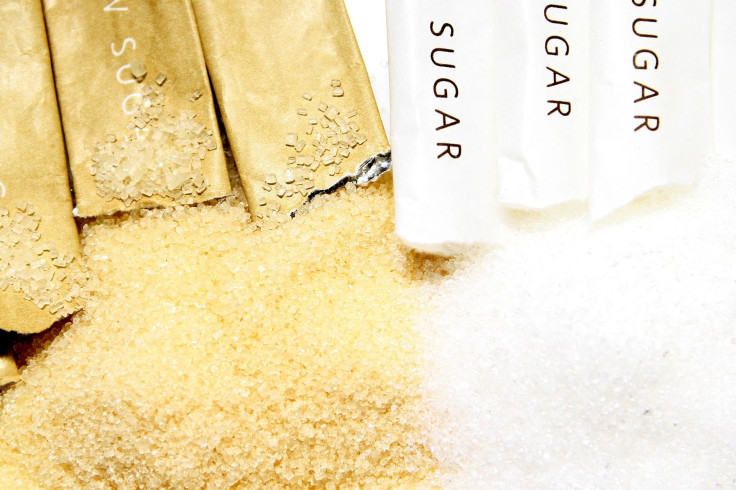Sugar Cravings And The Brain: Your Mind Responds To Taste And Calorie Counts In Different Ways

If you have a sweet tooth, your cravings for sweets may not be driven by typical hunger pangs, but by a complex web of signals within the brain instead. Researchers from Yale University set out to discover if our desire to eat doughnuts and drink sodas comes from the brain’s cravings for sugar, or its need for energy. Their study, published in Nature Neuroscience , reveals it’s the latter, and that these impulses can be controlled.
"It turns out the brain actually has two segregated sets of neurons to process sweetness and energy signals," said the study’s senior author Ivan de Araujo, a researcher at the John B. Pierce Laboratory, in a press release . "If the brain is given the choice between pleasant taste and no energy, or unpleasant taste and energy, the brain picks energy."
For the study, researchers fed some mice sugar that had an appealing sweet taste but was bereft of calories, while they fed others with sugar modified to taste badly but which had calories. Next, they used optogenetics — a technique that allows for active neural pathways to appear when light is shone on them — to compare neural circuitry involved during each feeding session. This allowed them to not only observe the activity, but also control the behavior by using a control switch to turn these circuits on and off.
They observed that both the taste of the sugar and the calories within it were registered in the striatum, a region of the brain that’s responsible for rewards processing. These two signals, however, lit up two different regions of the striatum (zero-calorie sugar went to the ventral area while high-calorie sugar went to the dorsal section), which led researchers to believe they’re processed separately. And when they saw the mice consistently chose to eat the foul-tasting sugar with calories over the zero-calorie sugar, they concluded it was because the sugar-responsive areas of the brain are hardwired to prioritize quantity of calories over quality of taste.
Though every organ requires energy to function, the brain uses up more than 20 percent of the body’s daily caloric intake. It’s this need for energy, the study suggests, that shows up in the form of a sweet tooth. Biologically, it’s a mechanism that drives us to eat enough calories to support the growth and daily function of our large brains.
Learning how the brain processes taste and calories is important not only for understanding human eating behavior, but also for gaining insight to how we may control and improve food choices. Using the aforementioned switch, researchers were able to show how this is possible by triggering neural activity in the calorie-driven dorsal striatum. This prompted the mice to eat large quantities of the foul-tasting sugar.
The researchers hope their findings will lay the groundwork for new approaches aimed at curbing excess sugar intake in those who are prone to overconsumption.
Source: Pierce JB, et al. Nature Neuroscience . 2016.



























